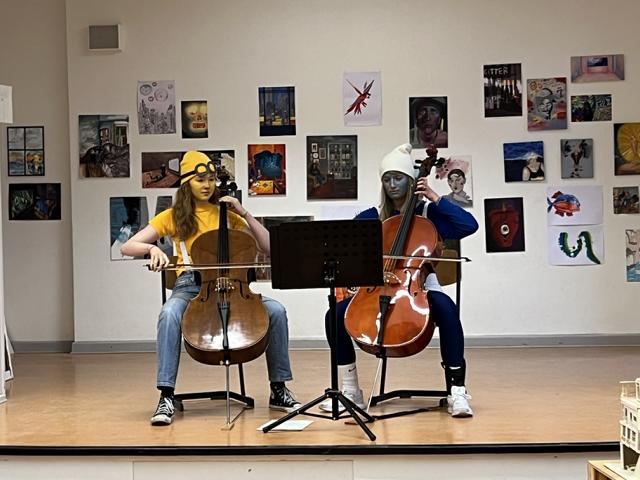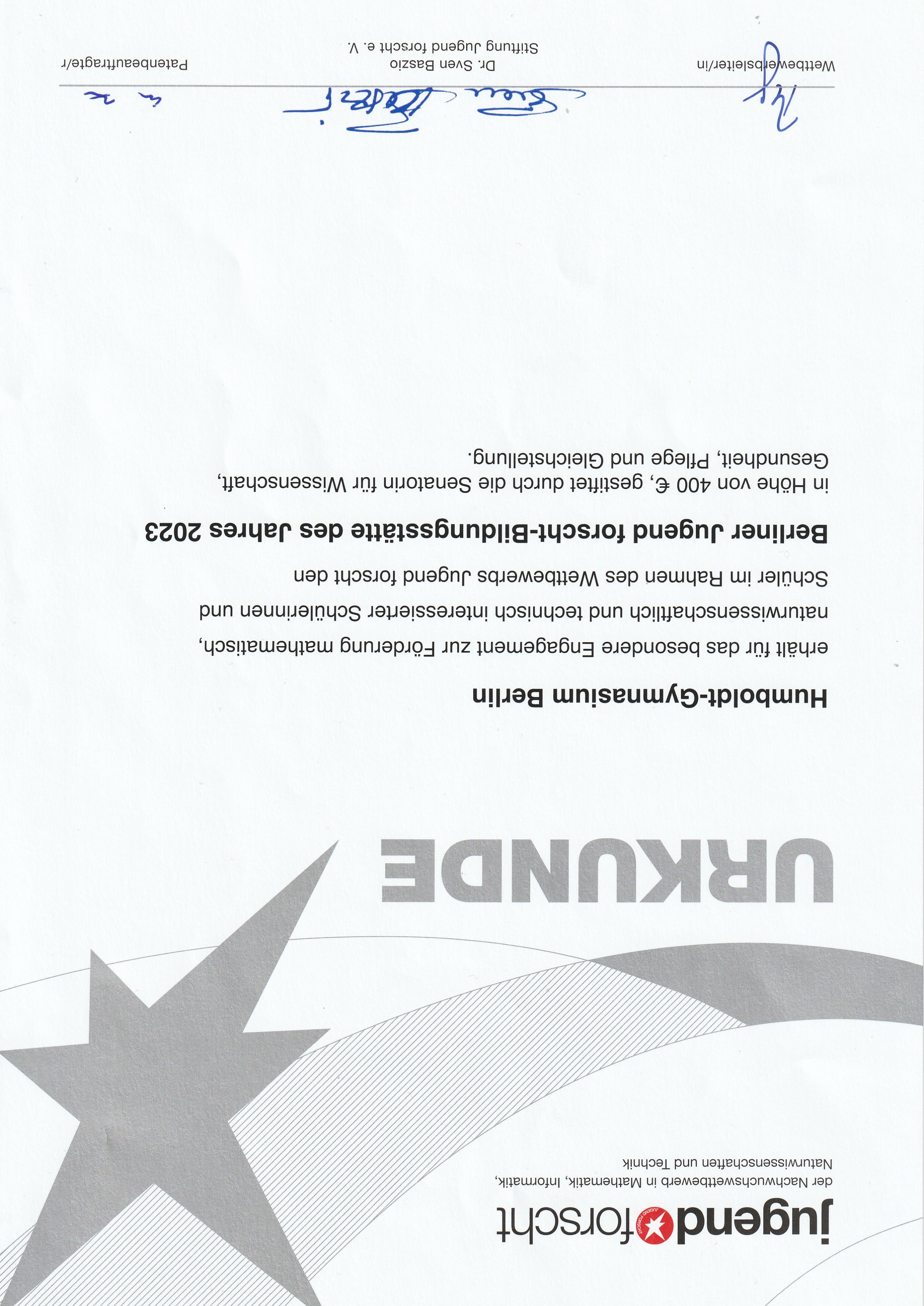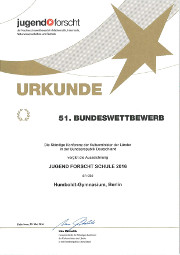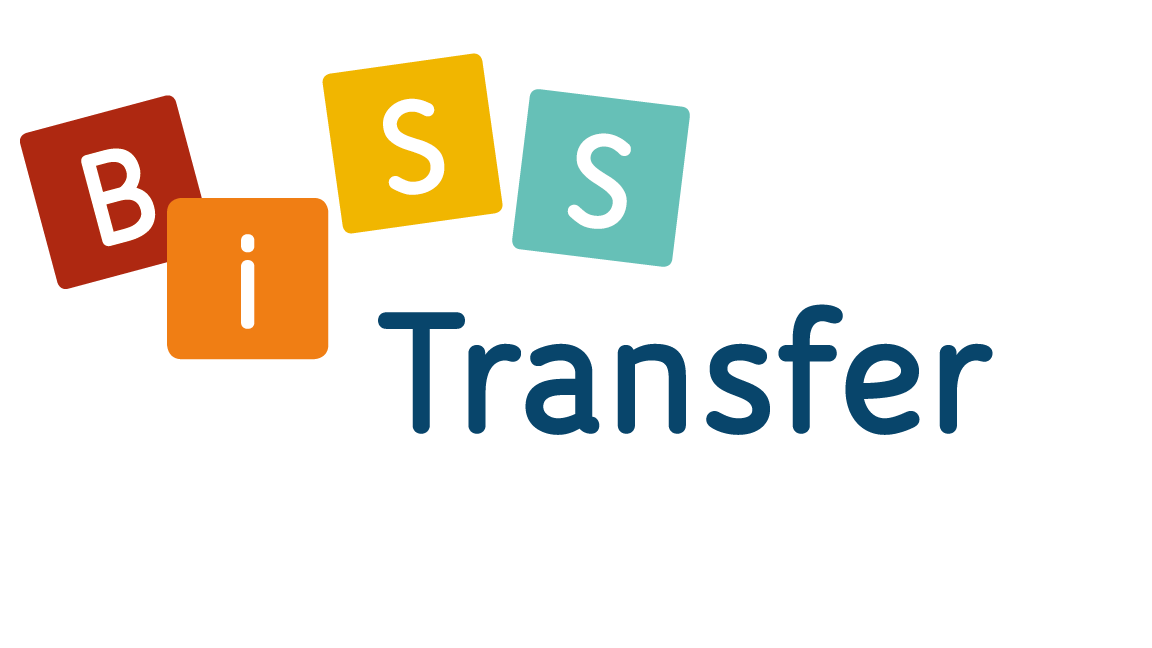Questions, questions and more questions
Randall Munroe’s “What If?!“ was first published in 2014 but he eventually re-published it in 2015. The new edition contained a new book-cover. Randall Munroe was a roboticist and he worked for NASA. Eventually, he quit his job when he became a full-time comic writer. The book is a #1 New York Times bestseller.
The book is about serious scientific answers to hypothetical and absurd questions filling about 320 pages. For instance, “What are the odds of meeting your soul-mate?” and “What if your DNA vanished?” and many more interesting questions. One key benefit about reading this book is that you can decide which question you want an answer to first and which one you would like to skip because the questions are not connected with each other. The book includes some advanced English vocabulary.
I recommend this book to teens at my age and older because the questions are very interesting and educating at the same time. I liked that the book was funny and entertaining. In fact, it made me laugh many times because of the way Randall answered certain questions.
Büsra (15) :)
Erster Story Slam des Fachbereichs Englisch an der Humboldtschule im Rahmen der 11. Literaturtage
Zum Abschluss des 3. Semesters führten die Leistungskurse Englisch am 29.11.2018 den ersten Story Slam in der Aula durch, das ein Event der Extraklasse war! Insgesamt 14 Sprecher traten vor einer vollen Aula nacheinander oder zu zweit/dritt vor das Mikrophon und gaben in selbstgeschriebenen Texten und Gedichten Ihre ganz persönliche Sicht auf die Dinge zum Thema „Science and Technology“ und „Visions of the future“ zum besten. Es war eine Sternstunde der Wortkunst und der Originalität und wurde von einem begeisterten und wertschätzenden Publikum mit Applaus gewürdigt. Die Texte wurden uns von den Schülerinnen und Schülern freundlicherweise im Original zur Verfügung gestellt und können nun hier nachgelesen werden. Enjoy.
Disney: “The Lustige Taschenbuch English Edition”
“The Lustiges Taschenbuch English Edition” is a comic pocketbook written by different Disney authors. The first English edition was published in 2009. Altogether, 10 pocketbooks have been published, with each containing seven entertaining stories.
Similar to all the other Disney LTB pocketbooks, the English edition presents many amusing comics with the most popular Disney characters such as Donald, Uncle Scrooge and Mickey. The comics deal with different events happening in Duckbourg or the characters’ voyages to far-away destinations. The seventh story of the first edition in which Donald strands on an island and is confronted with mystic creatures serves as a perfect example.
The key benefit of the English edition is the list of annotations which help the non-native reader to follow the story-line. Most of them are advanced words which you can use in other contexts. In addition, character profiles which contain information about the characters are provided. They enable the reader to understand the characters’ actions.
I strongly recommend this book to readers of every age who want to improve their English and who are interested in Duckbourg comics. It is an easy way to learn new English vocabulary.
Arian (15)
“The Lustiges Taschenbuch English Edition” is a comic paperback which has been written by different authors. It is an entertaining comic containing seven stories, which are set in different locations.
The stories are about Mickey, Donald and Uncle Scrooge who live in Duckburg. Each story shows the characters in a different situation. Although the stories are a little child-like, they are not boring. They are easy to understand and they are much fun and entertaining.
What makes the book special, are the panels which help you understand the plot. Moreover, the comic provides the non-native reader with a detailed vocabulary list.
All in all, I recommend this book to readers who are younger than 15 because the stories are rather child-like and due to that they are probably less entertaining for adults. It's for everybody who wants to improve their English.
Yade (16)
Lolito=male Lolita?
“Lolito” is a coming-of-age novel written by Ben Brooks and published in 2013. It is a male version of Lolita, written in a modern and funny style. The story is set in a city in the UK.
After Edgar, who is the protagonist of the novel, has been betrayed by his first love named Alice, he goes looking for cyber romances and there he meets Marcy. The middle-aged woman and the fifteen-year-old boy start an internet affair. Will their relationship take place in the real world? And what about their age difference?
These questions will certainly keep the reader in constant suspense throughout the novel. The narrative style is very clever because of the way the message comes out. When you continue reading, you gradually understand what the story is really about. The narrative style adds to that effect. In addition, the language and the novel’s writing style are rather feasible.
I clearly recommend “Lolito” to people my age and older because it addresses important topics. Young readers might not be able to understand the real message between the lines. I think that the comic parts sometimes outshine the serious issues addressed by the author. Yet, all in all, the novel is suitable for teenagers and young adults.
Naila (15)
Hilariously controversial!
“Lolito” was written by the young author Ben Brooks and published in 2013. The story is set in present-day England and centers around 15-year-old Edgar Allison who has been cheated on by his 14-year-old girlfriend.
Led by lovesickness, he decides to join an adult chatroom to find distraction and consolation. There he meets middle aged Macy who believes that Edgar is 25-year-old Tom Swanson. As the story continues, they keep on chatting. But what will happen next? Will they ever meet in the real world? And, is Macy really the kind of woman Edgar thinks she is?
The novel is written in informal English and suitable for learners of English at all stages. The use of short sentences and informal register, including slang, make the main character appear rather authentic as the reader is able to dig into the thoughts of a 15-year-old teenager. Furthermore, the story also sends out a really strong message although I must say that it takes a while to understand it because it gets somewhat lost as you read on. I believe the novel deals with an extremely serious topic.
I would recommend “Lolito” to people above the age of 14, since it contains a few explicit passages. However, all in all, “Lolito” is a well-written novel.
Celina (15)
Cline’s first one!
“Ready Player One” is a science fiction adventure written by Ernest Cline and published in 2011. It is the writer’s first novel. Ernest Cline is a kid of the 80s. He loves Star Wars and Indiana Jones.
The story takes place in Colorado, USA in 2044. The world has been destroyed by global warming and economic problems, and the gap between the rich and the poor is bigger than ever before. People spend their time in the OASIS, the virtual reality world invented by James Halliday. There they can meet friends, go to clubs and earn money. Halliday has left a video message in which he says that he has hidden an Easter egg. Whoever finds it, will inherit his entire fortune and will also be in control of the OASIS. And there is Wade Watts, a poor boy who lives with his aunt. He and his friends want to stop IOI, the ruthless rival of the OASIS who wants to take control of the virtual reality world.
I sometimes thought that the writing style was monotonous. Also, I thought that the language is for advanced readers because I often had to look up words. The book has a very nice message: You should not waste your time with unimportant things.
I strongly recommend this novel to young adults and to people who grew up in the 80s because it has many allusions to that time.
Arwed (15)
“Born a crime” is a #1 New York Times bestseller written by Trevor Noah and published in 2016. The author is a famous South African comedian and the host of the Daily Show on Comedy Central. This novel is an autobiography about the writer’s South African childhood under apartheid. The Cosmopolitan calls it “mind-blowing” praising the book for its content and writing style. Besides, it has been well-received by The Washington Post, People Magazine, and The Enquirer among others.
The main characters of the novel are Trevor and his mother living in a suburb of Johannesburg. Since the protagonist’s father is a white man from Switzerland and his mother is a black South African, he has got semi-colored skin. Due to the forbiddance of relationships between races under apartheid, his skin is considered the evidence of a crime. Until the age of six, he has to hide indoors, so the police cannot get hold of him. Even after Apartheid is abandoned, he still does not get accepted, neither by black nor white people in South Africa. During his childhood Trevor has to face murder, gang criminality, and civil war. This book tells the incredible story of his journey.
Set in the 1990s of South Africa, the novel allows you to find out more about an important period in the history of racial discrimination. Moreover, due to Trevor’s detailed anecdotes, picturing the surroundings is easy.
We strongly recommend “Born a crime” to every reader from the age of thirteen. Both, historical elements and comedy, make this wonderful and interesting memoir a perfect blend.
Isabella (15), Matilda (15)
Upsetting, uplifting and life-affirming
The New York Bestseller "The Perks of Being a Wallflower" was written by Stephan Chbosky and published in 1999. It’s a modern cult classic. The novel has 231 pages and the language is quite easy to understand.
The main character is named Charlie. He is a 15-year-old boy who has kept a diary since his first day of high school. His only friend has just committed suicide before Charlie enters high school. The event makes him a wallflower. Then, Charlie meets Sam and Patrick at the homecoming ball and they instantly become friends. From that day the three boys spend a lot of time together. How and why do Sam and Patrick "change" his life? And will he ever get over his best friend’s suicide? And the death of Helen who used to be another important person in Charlie’s life?
The novel is about topics everybody can relate to, for example feeling like an outsider or finding out about one’s sexual orientation. And, the novel has a pretty amazing message, too. Kids should learn to become the protagonists of their own lives. Also, the setting is well described so you can easily picture the characters.
I quite enjoyed reading this novel. I could easily identify with the characters, because they deal with typical teenage problems. The novel is for readers not younger than 14 because it contains explicit content which is unsuitable for young readers.
I would recommend this novel.
Caroline (16)
The novel “The Perks of being a Wallflower” was written by Stephen Chbosky and published in 1999. The novel, a modern cult classic, became a New York Times bestseller. The novel was made into a film which was directed by the writer. It was released in 2011.
The main character is Charlie, who is a 15-year- old boy and who has kept a diary since his first day at High School. His only and best friend has committed suicide, which makes him a wallflower. He is the youngest of three children, who live with their parents somewhere in America. During the first week of High School the only friend he makes is his English teacher. At the homecoming ball he first meets Sam and Patrick. They become very close friends and they are always around. How and why do they change his life? And will he ever get over the suicide of his best friend and the death of his aunt Helen, who he admired?
The novel deals with real-life topics which teenagers can relate to, such as feeling like an outsider or finding one’s sexual orientation. The setting is feasible. In fact, the reader can easily picture the characters. The novel has a pretty amazing message, too: Kids should learn to become the protagonists of their own life. They must make their own mistakes and learn from their experiences. The perfect age for the novel is between 14 and 16, because the novel contains explicit scenes.
I would recommend the novel because readers can identify with the characters and because of its message.
Maxima (16)
“Prime suspect in a mysterious, unknown world”
“Percy Jackson and the Lightning Thief” is a New York Times bestseller written by Rick Riordan. It’s the first part of the fantasy and action book series “Percy Jackson” and it was published in 2005.
The main character Percy Jackson tells the story from his perspective. He is a twelve-year-old-boy, a troublemaker diagnosed with ADHD. After having killed a Minotour, he finds out more about himself and his heritage: His father is Poseidon, God of the Sea and one of the most relevant Gods in the Greek mythology. Percy, with the help of two other teenagers, are expected to find and then return Zeus’ stolen property to prove that he is not the thief. But in order to succeed on his quest, Percy must to deal with a lot of different conflicts and dangerous situations. Will they make it before the Gods start a big war? Who is the real thief? And will Percy meet his dad?
All these questions will be answered as the story continues. The novel’s English is easy and its message is amazing. You can learn from the novel that believing in yourself, no matter who you are, is most important.
I would recommend the novel to teenagers, but I also believe that adults may like to read the book as well.
Johanna (15)
Are the stolen master bolt and a hijacked mother too much for a 12-year old boy?
"Percy Jackson and the lightning thief" is a New York Times bestseller written by Rick Riordan and it was first published in 2005. It is a young adult novel and part of the Percy Jackson series of altogether five novels.
The story takes place in contemporary North America. The reader meets Percy Jackson who is sent to a summer camp after the attack of an ancient Greek monster which hijacked his mother. It turns out that the protagonist is a Greek half-god and that the Greek gods aren't just myths. He learns to fight against monsters and accepts the quest to find Zeus’ master bolt. In fact. Zeus accuses Percy of having stolen his master bolt during the winter solstice by the order of his father, Poseidon. Will Percy find the master bolt in time and will he bring it back to the Olympus? Will he save his mother’s life or will she die? And most importantly, who stole the master bolt?
These questions will draw the reader’s full attention throughout the entire novel and the fact that the language is easy makes it a highly pleasurable read.
We strongly recommend the novel to readers aged 14 and older, since it contains a lot of action and describes an evolving relationship between two half-gods. The reader will want to continue reading after having finished the novel.
Patrick (15), Julius (15)
“You do not find the Grail, the Grail finds you”
“The Da Vinci Code” is a historical fiction written by Dan Brown and published in 2003. It is the second part of a five-part-series.
The main protagonists are Robert Langdon, a Harvard professor, and the French cryptologist Sophie Neveu. After the curator of the Louvre, Jacques Saunière, has been murdered, Langdon is called to the scene to decipher a code which the murdered curator has written beside his body. But soon Langdon realizes that he is a suspect of the French police. With the help of Sophie Neveu he flees from the Louvre and deciphers Saunière’s code. As it turns out he was the Grand Master of a secret society called The Priory of Sion and had knowledge about secret, ancient documents, well known as the Holy Grail, which are coveted by many, especially the church and a catholic sect named Opus Dei. At this point a thrilling pursuit begins, in which they dig deeper and deeper into the history of the church and its antagonist The Priory of Sion. But will they be able to find the hidden documents and save them from the church? Who is the mysterious person who calls himself `The Teacher´? And which role does Opus Dei play?
These questions kept me reading and made me want to find out more about the characters and the plot although the language was sometimes rather challenging. The novel is well-written. Its narrative style makes it vivid. And combined with the clever structure and the many unexpected twists, the novel is thrilling until the end.
I strongly recommend the novel to readers of all ages because it contains heart-racing action scenes as well as well-investigated historical facts.
Anna (15)
“Book Slam 2018” – ein Englisches Leseprojekt in Kooperation mit der Humboldt Bibliothek und der Tegeler Bücherstube
Das Konzept ist einfach: Wir, die Schülerinnen und Schüler der Klasse 10B, haben uns zu Beginn des Schuljahres einen englischsprachigen Roman ausgesucht, diesen eigenständig gelesen und unseren Mitschülern in einem sog. Book Slam vorgestellt. Später haben wir eine Kritik zu unserem Roman verfasst und mehrmals überarbeitet.
Die ersten Romane wurden durch das Voting ermittelt, die nachfolgenden Nennungen folgen alphabetisch.
Wir danken unseren Kooperationspartnern sehr herzlich für diese Lerngelegenheit, die wir sehr gerne fortsetzen wollen. Vielleicht regen Bestseller Liste und Kritiken zum Lesen an?
- Dan Brown: The DaVinci Code
- Rick Riordan: Percy Jackson and the Lightning Thief
- Ransom Riggs: Miss Peregrine's Home for Peculiar Children
- R.J. Palacio: Wonder
- Stephen Chbosky: The Perks of Being a Wallflower
- Trevor Noah: Born a Crime
- Randall Munroe: What if?
- Ernest Cline: Ready Player One
- Ben Brooks: Lolito
- Lustiges Taschenbuch: English Edition Bd. 2
“Divergent” by Veronica Roth
Dauntless? Divergent? Captivating!
Divergent is a New York Times bestseller written by Veronica Roth and first published in 2011. It's a young adult novel and it received great feedback from people like the author of "The Maze Runner" James Dashner who called the book: "Captivating and fascinating."
The story takes place in the future of Chicago after a huge war has just finished. After this the government decides to separate the citizens of Chicago into five factions, according to their character traits and to assign a particular job to them. But the protagonist and Abnegation member Beatrice Prior just can't seem to find her place in this system. When she takes a test that is supposed to tell her into which faction she belongs, the results are unclear and she is told that she's Divergent. People like her are hunted by the government because they're said to be dangerous which is why she has to keep the test results a top secret. But for how long can she keep the secret? Which faction will she choose at the choosing ceremony? And what are the Erudite plotting?
All these questions will certainly keep the reader in constant suspense throughout the novel and will make reading it so much easier and so much more. Also the language is quite understandable and in case you miss a word, you can look it up in the dictionary really quickly.
The book has a pretty amazing message, too: Don't let anyone put you into a faction because people aren't defined by just one thing. You are Divergent.
I strongly recommend the book to readers between 12 and 20 since it contains action as well as romance.
Talia (14)
Proudly Presenting: Humbate – Vol 1
Thursday June 30th 2016
8.00 Arrival of Organizing Team/ Hall
8.45 – 9.15 Coffee and Welcome/ Outside Hall
8.45- 9.15 Judges Briefing/ Classroom
9.30 – 10.30 First Qualifying Round/ Classroom or Hall
(L1 vs. L2 and L3 vs. L4)
This House believes that Qatar should not host the 2022 Football World Cup
10.45 – 11.45 Second Qualifying Round/ Classroom or Hall
(L1 vs. L3 and L2 vs. L4)
This House believes that there is no copyright on culture
11.45 – 12.15 Coffee Break/ Jury Meeting/ Outside Hall/ Classroom
12.15 - 12.30 Announcement of Winning Teams/ Hall
12.45 – 13.30 Final Round/Impromptu Debate/ Hall
13.45 Final Feedback/ Awards/ Hall
A Debating Matters Debate
Step 1: Opening Speeches (Pro 1/ Opp 1/ Pro 2/ Opp 2)
(2-3 minutes/ each speaker)
Participants make their case in uninterrupted opening presentations.
Step 2: Questions from the Judges
(15 minutes altogether)
Moving straight to the judges, the teams are quizzed on the arguments they have made.
Step 3: Audience Questions and team exchanges
(about 15 minutes altogether)
A range of questions are asked by the audience for two teams, the speakers are given a chance to respond. After students have responded, teams are asked to cross-examine each other. The audience can have a final round of questions. The contesters are given an opportunity to quickly respond.
Step 4: Final remarks
(about 1 minute/ each speaker)
Each speaker is given one minute to give their final response to questions, and to sum up their case.
Step 5: Feedback and comments from the judges
(about 10 minutes altogether)
Judges are asked to provide feedback on the performance of each team.
The proposition’s First Opening Speech on the Repatriation of Cultural Artifacts: “Western museums should agree to repatriate cultural artifacts.”
YES!
Anna-Christina Knauthe: In the past few year lots of archeologists from countries like Greece or Egypt claimed back many artifacts that were removed illegally and are consequently not kept in their country of origin but rather in western museums like the British museum in London or the Neues Museum in Berlin.
We agree with these archeologist as we belief that the artefacts can just be appreciated in the appropriate and adequate when they are in the right context. One example are the Elgin marbles that are displayed in the British museum. The marbles were removed from the Pantheon in 1801 from Elgin and his people and they brought them to the UK without the Greeks knowing that.
These stones got removed from the whole artwork of the pantheon temple and just represent a tiny part of the building over all. Due to that the visitors of the museum will never be able to totally imagine what these marbles actually are and where they belong to. Consequently, they will not notice the marbles as the amazing piece of art that they actually are but rather as some bits of stone. If the British museum gave them back to Greece, they could join the marbles with the pantheon and the total artwork could be admired again. Furthermore, people would be able to see which surrounding the marbles belong to and the impression would be a completely different one.
Furthermore, there are often so many different artifacts in one museum that one is not able to concentrate and look at so many different ones that one ends up walking past them, without appreciating them or even knowing what they are. Therefore, the overload of artifacts in the museum is kind of a waste of artifacts as well. Because let’s be honest, who doesn’t know the feeling when you walked through a museum for hours and all you saw were bits of stone and then you think you have to get to the highlight of the exhibition soon and you enter the great hall and everything you see is just another big piece of stone!
Another point is that the artifacts often lose their value for science too, as they usually only provide all the possible information when they are put in context and put together with other artifacts they belong to. At the most this context is not given when the artifacts are not in their country of origin. Consequently, a lot of knowledge can get lost if they are not repatriated.
A reason to return the properties is that this return would probably increase tourism and, consequently, the economy in this country. As we live in such an international and globalized world, people that flew to London to see the Elgin marbles would fly to Greece or somewhere else too to see the artifacts.
It should be added that due to repatriation, international relationships between countries would be strengthened and that the boundaries would get far less important. That would lead to a greater connectedness and internationality. On the long run, more people would be able to see and admire the artifacts in their original surroundings.
November 2015




















